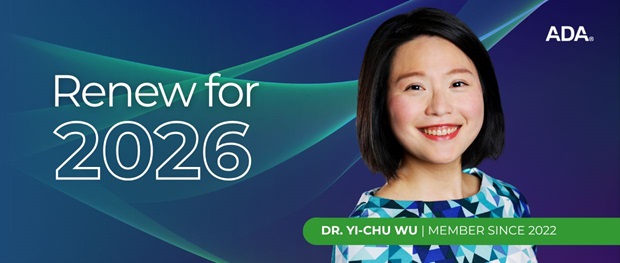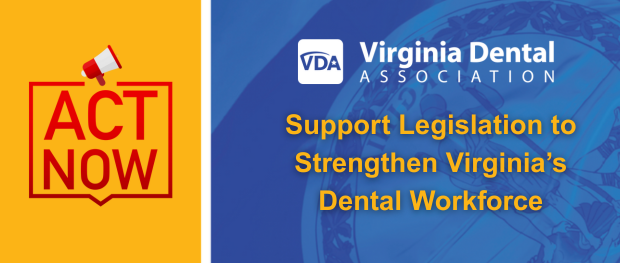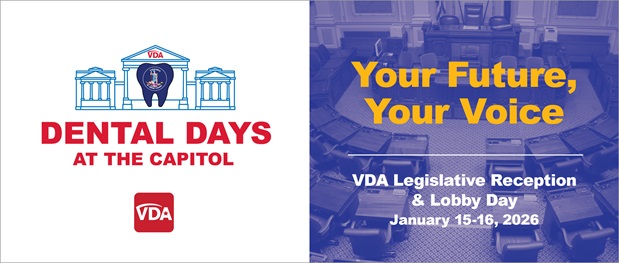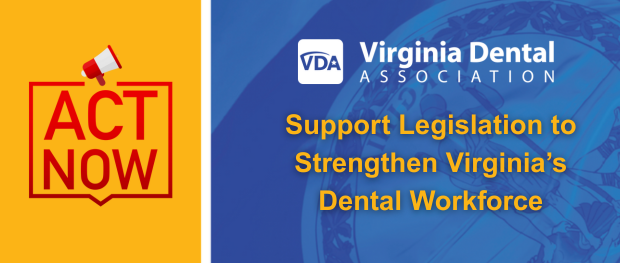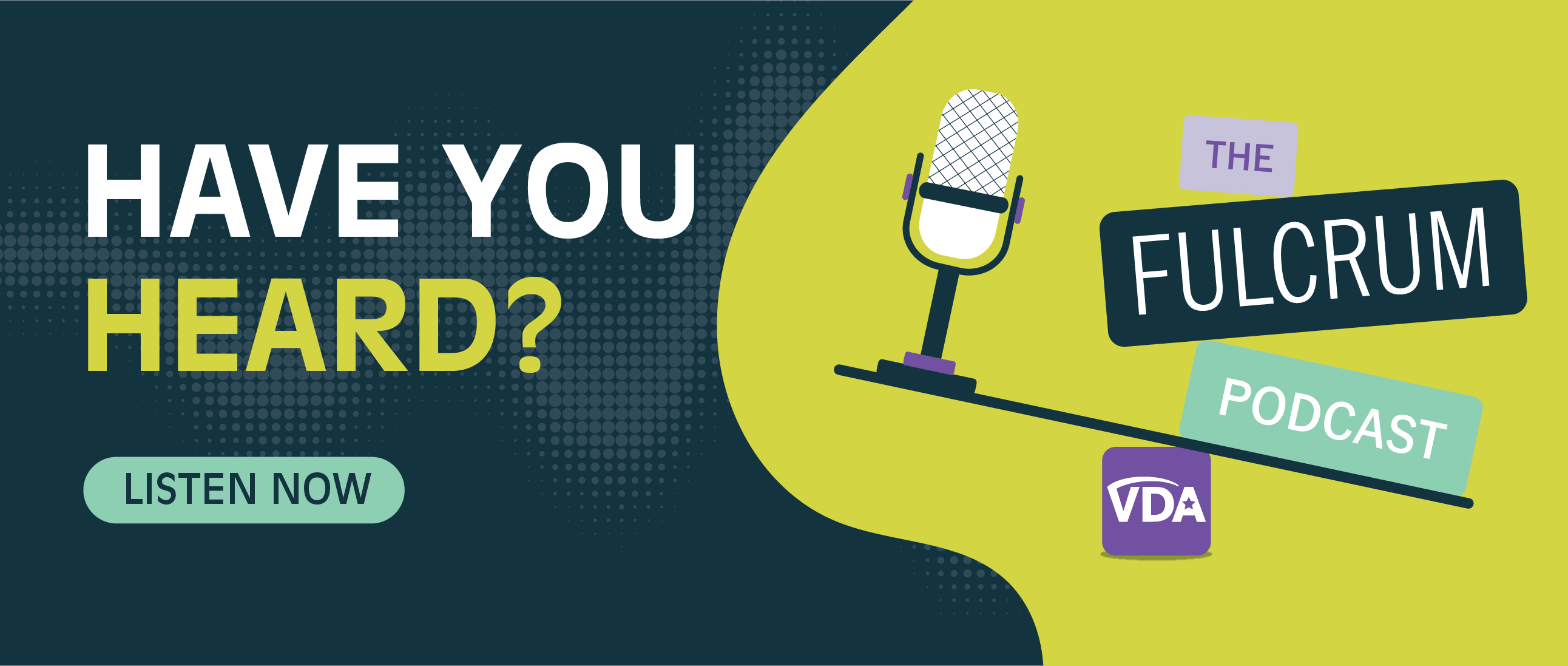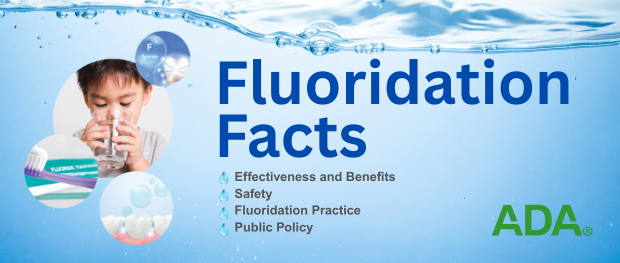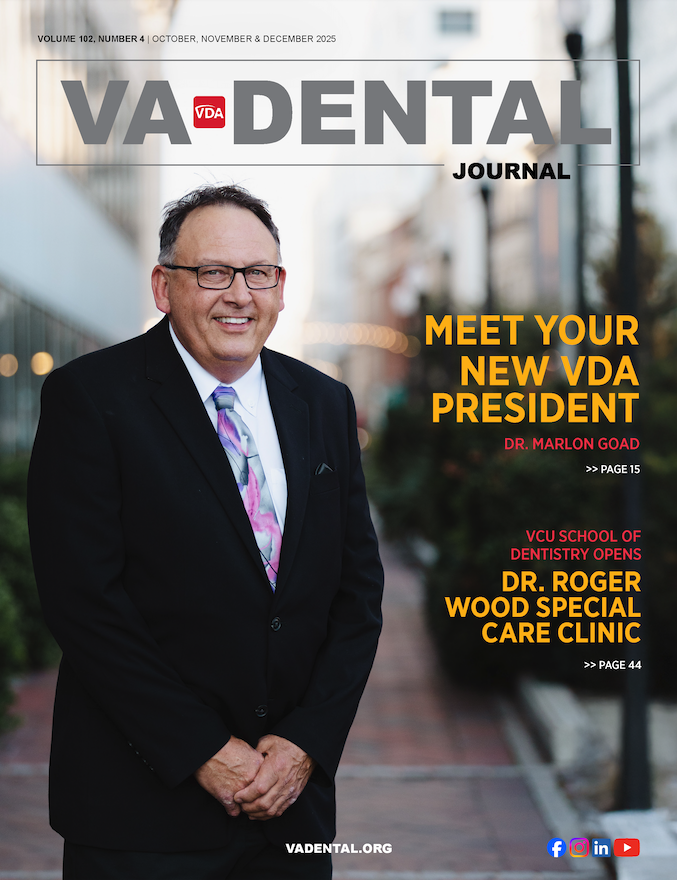Some Practical Advice About COVID-19
We have all received advice from CDC and the ADA about COVID-19, but most of it applies to hospitals and physician’s offices. Not much about what dental offices need to do, or can do, when the community-based transmission becomes a reality. The unfortunate truth is that the best we can do at this time is to mitigate the impact of the pandemic on our practices.
There are two tracks that we need to follow:
1. The psychological track to allay the fears of our patients and staff
2. The infection prevention track
Patients and staff need to know that you’re doing everything possible to keep them safe. Most offices contact patients a few days before their appointment to remind them of the appointment date and time. From now on, and even after this pandemic is over, the person calling should do triage to make sure (as much as possible) that the patient is healthy. If the patient, or anyone in the household, has had a respiratory illness or diarrhea in the past two weeks, reappoint at least two weeks ahead.
If someone comes into the office with a sore throat, runny nose, or is coughing or sneezing: re-appoint. Do not treat sick people! Let your patients know that this is for the safety of other patients and your staff. And, if someone accompanying your patient is coughing or sneezing, don’t allow them to sit in your waiting room. For them to wear a mask is not enough. Again, you must emphasize patient and staff safety.
Try to schedule appointments so as not to have a jam-packed reception area. People will feel more comfortable sitting at least three feet apart during this pandemic. And, I think they would appreciate having alcohol sanitizer, tissues, and a waste basket available in the reception area.
The corona virus is a respiratory virus. Inhaling the virus is the most common way to acquire the disease. But, the virus can also be infective if it comes in contact with mucous membrane (eyes, nose, mouth) via the hands. That is the reason that the CDC keeps expressing the need for clean hands and keeping the hands away from the face.
The infection prevention track is more difficult. The dental literature for the past fifty years has had articles about how the ultrasonic scaler and the air driven handpiece create millions of aerosols each day. Those aerosols contain viruses, bacteria, and even fungus. Our profession has ignored this. And now it is payback time. Even with triage, you have to realize that some people are infective a day or two before symptoms develop.
The ADA suggests that all patients rinse for one minute with a mixture of half hydrogen peroxide and half water before treatment. The corona virus is killed by hydrogen peroxide. This helps, but does not affect the virus emanating from the lungs. The virus is not killed by chlorhexadine.
Those aerosols we create range from a few microns to maybe 100 microns in size. We cannot see those below fifty microns. The others are considered droplets. Droplets are like cannon balls. They travel up to six feet, and then fall. The ones below 50 microns ride the air currents in your operatory and float there. CDC keeps talking to the public about droplets, but those smaller aerosols that we create are not chicken soup for the lungs either. The virus can remain viable in aerosols for multiple hours, and on surfaces up to days.
As far as surfaces are concerned, what you are doing now with surface disinfectants and barriers will take care of COVID-19. But, for patient safety, your safety, and the safety of your staff, it is the aerosols that have to be controlled. So, the high-volume evacuator (HVE) is a major player. Your assistant must diligently suction as you use the air driven handpiece. If they leave for a moment…YOU STOP WORKING until they return.
Break out those rubber dam clamps. A good strategy is to use the rubber dam. It will hold down the number of infective aerosols created. Back to the basics we were taught in dental school.
Your hygienist must have an assistant to suction when using the ultrasonic or sonic scaler. None of this ridiculous attempt at holding the scaler in one hand and the HVE in the other. If you are serious about trying to control aerosols, this approach IS NOT SUFFICIENTLY EFFECTIVE. There must be an assistant to suction…or…go back to hand scaling. Not every mouth needs the ultrasonic scaler. Just don’t ignore the potential infectivity of the aerosols.
Our offices are frequently in buildings with windows that do not open, so you aren’t able to add fresh air into the rooms. The aerosols just keep recirculating within the office. Building managers can control the number of fresh air exchanges in the building. Increasing the number of exchanges also increases the costs of heating or air conditioning, so they aren’t anxious to do it. In view of the health emergency, ask the manager to please increase that number. Get others in the building to do the same.
On the other hand, if you do have windows that can opened, you could put a fan in a window so that it blows the air OUT, NOT IN. (gets rid of some of the room air containing aerosols). Theoretically, this should help a bit. Putting a fan on the floor of the operatory stirs up dust and creates infection control problems. Don’t do that.
About two years ago, I wrote an article suggesting that all dental offices should stockpile one month’s supply of N95 masks. The “experts” had been predicting that it was just a matter of time before we had another pandemic. Now, we are in the midst of one, and there are no N95s available for dentists. When N95s become available again, my feeling is that all dentists, assistants, and hygienists should begin to routinely wear N95 masks. I feel that this is warranted because there are plenty of other illnesses out there that can be spread by the aerosols that we create. I personally have been wearing an N95 at the chair since the SARS scare many years ago. When you are able to get them, everyone in the office will need to be “fit tested”. This is a procedure that assures that you are wearing the mask properly, and is a requirement of OSHA. If you were to wear an N95 mask, the risk associated with droplets would decrease enormously. But not completely. Wearing an N95 is not a ticket to go anywhere and put yourself in a risky environment.
By the way, I suggest that you change masks outside of the operatory, because there are fewer aerosols there. And, I suggest that you always wear a mask when in the office. Make sure that everyone uses PPE properly. Masks should not have spaces on the perimeter. And, for heaven’s sake, don’t pull your mask under your chin. Gowns should have long sleeves and be closed at the neck. Clear plastic shields are helpful. They help protect the face from the larger droplets.
If you or a staff member becomes ill with a communicable disease, COVID-19 or not, do not come into the office for at least two days after you are seemingly well. Some people remain contagious for a week or two after symptoms are gone. So, after the “formerly sick person” comes back to the office, it might be best if they self-isolate when not wearing a mask. If it is a front desk team member, they should wear a mask for a week or ten days after returning. In fact, the team at the front desk might feel better wearing an ASTM 3 (high level) mask for the duration of the pandemic. Give them the option. It may take some getting used to, but they also need to feel safe coming to the office. Front desk team members should wash hands frequently, or use alcohol sanitizer if available, as patient treatment staff constantly should be doing.
At least once a day, or more if appropriate, use surface disinfectant on frequently touched surfaces, like door handles, pens, bathroom keys, keyboards, faucet handles, cell phones, etc. And, keep your hands clean. Alcohol sanitizer is very convenient and effective (use enough to rub for 15-20 seconds), but you can get the same result by hand washing with soap and water for twenty seconds (timed) if hand sanitizer is not available. Twenty seconds seems like a long time, and it is. But you need to develop a new habit. The usual five to seven seconds just isn’t enough.
There is another strategy that could help reduce (not eliminate) the aerosol problem: Ultra Violet Germicidal Irradiation (UVGI). Bacteria and viruses are harmed by UVGI so that they become non-infective. But you can’t just put up UV lights around the office. It has to be done by a professional who can make sure that the light emitted is of the proper wave length, and that the air currents circulate the air in front of the lights. An experienced heating and air conditioning professional, who is a member of the American Society of Heating, Refrigerating and Air-Conditioning Engineers (ASHRAE), would be the one to contact.
You might also consider a portable room “air sanitizer” to reduce the number of aerosols floating in each of your operatories. Note that I did not say “air purifier”. Air purifiers use only HEPA filters and are primarily used to eliminate pollen and dust mites. Not bacteria and viruses. The air sanitizers have less maintenance and also use UV technology. They come with different capacities, depending on room size. And, of course, you want one that is quiet. If you put one in the reception area I would make sure that there was a label on it that boldly states that it is an “air sanitizer”. This reinforces the sense of safety for the patient.
Be sure and explain to your staff the ways that you are mitigating the impact of the COVID-19 pandemic in your office. That way they not only can tell patients about them if they ask, but it also reassures your staff that they are working in a safe environment.
I hope that the above information will help keep your office running smoothly and safely during this stressful time.
Editor's Note: Dr. Botuck has been studying and writing about infection control issues for the past twelve years as chairman of the Infection Prevention and Environmental Safety Committee of the Northern Virginia Dental Society. He is a long-time contributor to the Virginia Dental Journal.

